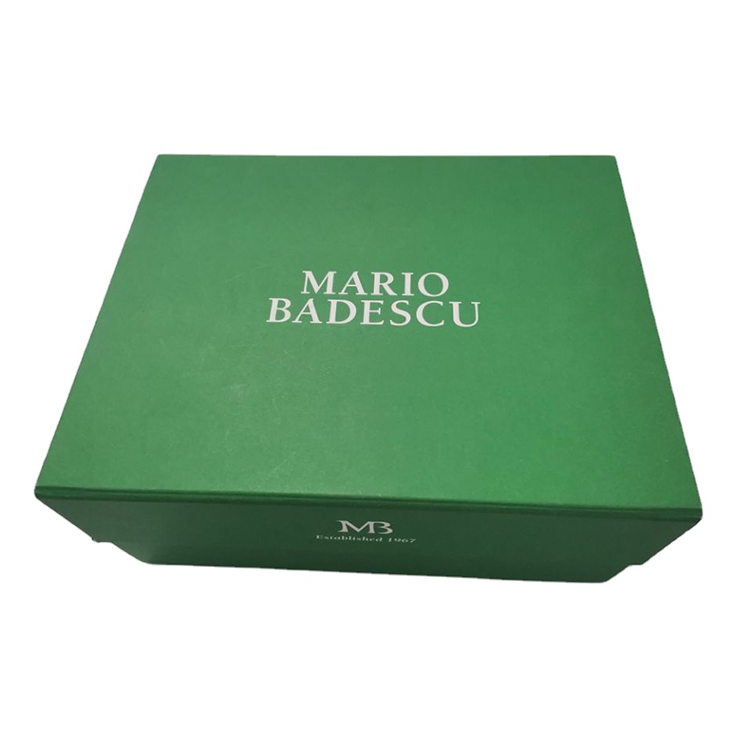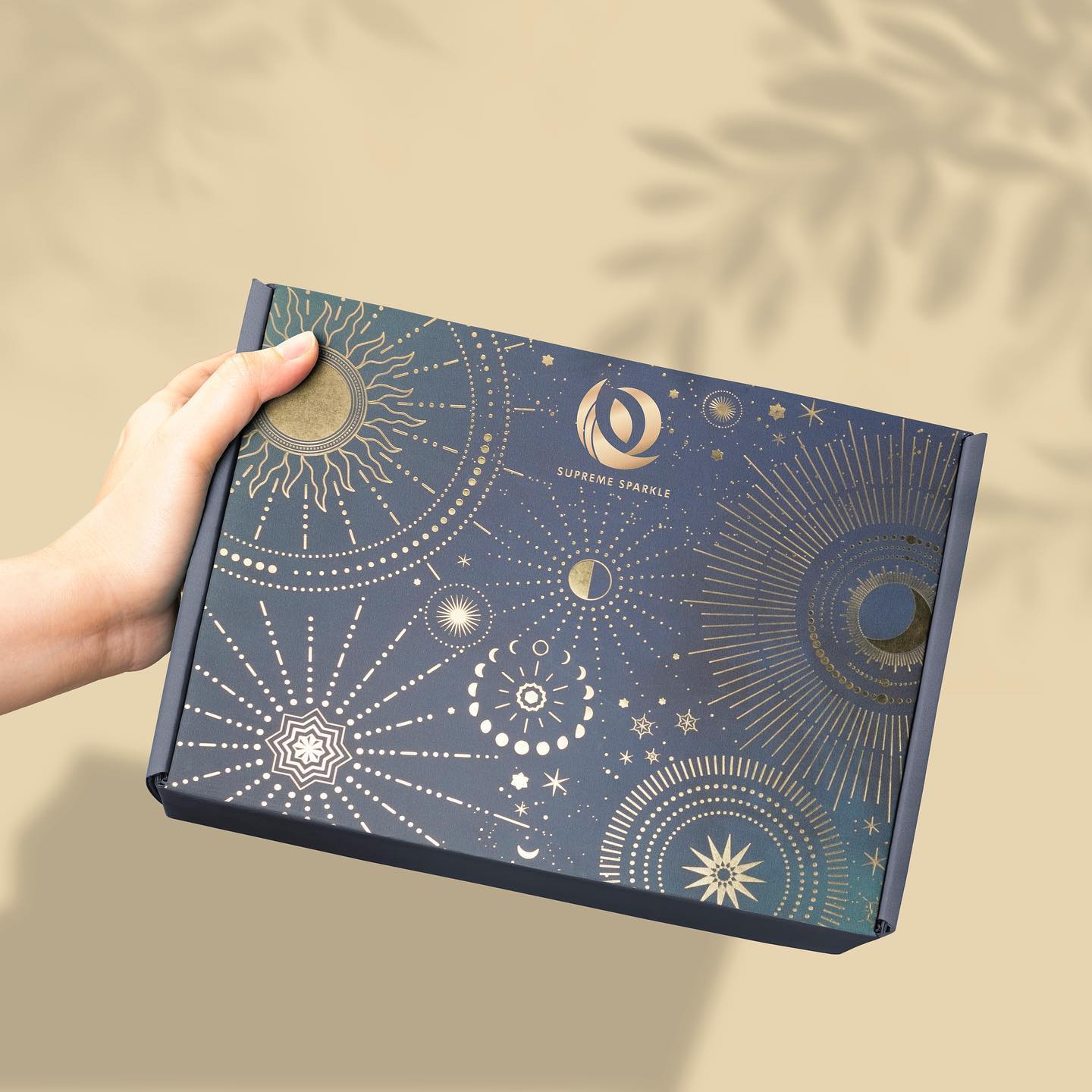Kazalo
Product packaging plays a pivotal role in how your brand is perceived by consumers. A consistent packaging strategy not only communicates your brand’s message but also creates a cohesive experience for your customers. In this guide, we will explore the importance of maintaining consistency in your product packaging and provide you with actionable tips to ensure your packaging reflects your brand identity. To inspire you, we’ll also showcase examples of brands that have successfully maintained packaging consistency across their product range.

1. Understanding the Importance of Consistency in Branding and Packaging
Consistency in branding and packaging is key to building brand recognition and trust. When your product packaging aligns with your brand’s message, it helps customers easily identify your products, reinforcing their connection to your brand. Packaging is often the first physical interaction a customer has with your brand, whether they’re browsing in a store or receiving an order online. Inconsistent packaging can confuse customers, and they may wonder if the product belongs to your brand or someone else’s. Achieving consistency in packaging ensures that your branding remains strong across all customer touchpoints.
2. Why Consistent Packaging Matters
For your packaging to align with your branding, every aspect of the packaging needs to represent your company’s mission, vision, and values. From the materials used to the design elements, packaging is an opportunity to visually tell the story of your brand. Here’s why maintaining branding consistency in your packaging is so important:
2.1 Enhances Brand Recognition
When your packaging consistently mirrors your brand’s aesthetic, customers become familiar with your visual identity. Over time, they will associate specific colors, logos, fonts, and design elements with your brand, making it easier for them to identify your products when browsing in stores or online. This familiarity helps build loyalty and encourages repeat purchases, as consumers are more likely to gravitate toward packaging they recognize.
2.2 Builds Trust with Customers
Consistent branding in packaging reinforces the reliability and professionalism of your business. When customers notice that your products have consistent, high-quality packaging, they develop a sense of trust. This reliability makes them feel more confident in purchasing your products, as they know what to expect each time they interact with your brand.
2.3 Creates a Memorable Customer Experience
A cohesive packaging experience creates a strong first impression and can elevate the customer’s experience. Customers appreciate when the packaging matches the tone of the product and the brand’s personality. Whether it’s a luxurious design or a minimalist approach, consistency helps customers feel that the packaging is an extension of the quality and value they associate with your brand.
3. Tips for Keeping Your Product Packaging Consistent with Your Brand
To create packaging that effectively represents your brand, it’s essential to follow a few key practices. Here are some tips to help ensure your packaging stays on-brand:
3.1 Define Your Brand Identity Before Designing Packaging
Every successful brand starts with a clear understanding of its identity. Before you begin designing packaging, take time to define your brand’s values, target audience, and overall style. If you haven’t already established a brand identity, now is the time to define it. Understanding your brand’s mission and core principles will inform every design decision you make, from the colors and fonts used to the materials selected for your packaging.
3.2 Choose Packaging Materials That Align with Your Brand Values
Your choice of packaging material can significantly impact how your brand is perceived. For example, a brand focused on sustainability should choose eco-friendly materials, such as recycled paperboard or biodegradable plastic, to reinforce its environmental values. If your brand is centered on luxury, consider using premium materials like embossed paper or foil stamping to communicate quality and sophistication. Selecting the right material for your packaging ensures that it reflects the essence of your brand while also appealing to your target audience.
3.3 Stay True to Your Brand’s Color Palette and Typography
Color plays a significant role in branding. Certain colors can evoke emotions or convey specific messages, so it’s important to choose a color palette that aligns with your brand identity. Likewise, typography is an essential design element that should remain consistent across all packaging and marketing materials. Using the same fonts and color schemes across your product range creates a cohesive visual identity that customers will recognize and trust.
3.4 Consider Your Packaging Design Across All Products
Consistency doesn’t mean your packaging must look identical for every product; instead, it should follow a theme or design language that ties all your products together. Whether you have a line of skincare, candles, or beverages, the core elements—such as your logo, typography, and color palette—should be consistent. If you introduce new products, maintain design elements that allow customers to recognize them as part of your brand while adapting the packaging to reflect the unique qualities of the new product.

4. Examples of Brands with Excellent Packaging Consistency
To help you visualize how consistency in packaging can elevate a brand, here are five examples of companies that have successfully created strong, cohesive brand identities through their packaging:
4.1 Lush Cosmetics
Lush Cosmetics is a fantastic example of a brand that stays true to its identity across all its product packaging. The company’s use of simple, black containers with white text reinforces its minimalist, eco-conscious ethos. While the containers themselves vary slightly in size and shape, the consistent use of bold, black packaging with simple, easily readable text communicates Lush’s commitment to natural products and sustainability.
4.2 Everyone
Everyone, a botanical-based body care brand, maintains a strong, recognizable visual identity with its packaging. The brand uses bright, vibrant colors, bold typography, and a consistent layout across all product labels, making their products stand out on store shelves. Despite the diverse product offerings, the consistent use of color and logo on the packaging helps customers easily identify the brand.
4.3 Public Goods
Public Goods is known for its minimalist approach to packaging, and they’ve achieved brand consistency with a simple design strategy. Their essential oils and other products are housed in amber glass containers with straightforward labeling. The simple typography and logo are consistent across their product line, reinforcing their brand message of offering high-quality, sustainable products at an affordable price.
4.4 Farmacy Beauty
Farmacy Beauty has successfully maintained branding consistency across its skincare and beauty product range. The brand’s signature logo appears prominently on all packaging, regardless of the container’s style or color. This consistency in logo placement creates a unified visual identity, making Farmacy Beauty products instantly recognizable, even as packaging colors and styles vary between products.
4.5 Canceled Plans
Canceled Plans, a boutique candle company, has perfected the art of coordinating their product packaging with their brand identity. Their clean, simple design aesthetic is reflected across all of their product packaging, from the candle containers to the labels. The consistency in design ensures that their products are easily identifiable and convey a sense of calm and luxury.
5. Best Practices for Consistent Product Packaging
Now that you’ve seen some excellent examples, here are some best practices to help you maintain consistency across your product packaging:
5.1 Keep Your Packaging Designs Simple and On-Brand
Simplicity is key to creating packaging that remains consistent and doesn’t overwhelm your customers. Focus on core brand elements like color, typography, and logo placement to make your packaging instantly recognizable. Avoid overcomplicating your design with unnecessary elements that may detract from your brand’s message.
5.2 Ensure All Components of Packaging Align with Your Brand
Consistency in packaging goes beyond the outer box or label; it also includes inner packaging elements such as inserts, tissue paper, and product seals. These components should all reflect your brand’s aesthetic and provide a cohesive experience for your customers.
5.3 Regularly Review Your Packaging Designs
As your brand evolves, it’s important to regularly review your packaging designs to ensure they still align with your brand identity. While it’s important to maintain consistency, it’s also essential to stay relevant and adapt to changing customer expectations. Regularly updating packaging design to keep it fresh and aligned with your brand’s evolving narrative will keep customers engaged and excited about your products.
6. Frequently Asked Questions (FAQs)
6. 1 How Do I Maintain Consistency Across Different Product Lines?
To maintain consistency across various product lines, use core design elements such as the same logo placement, consistent typography, and a unified color palette. Even as the product type or packaging shape changes, maintaining these key elements will ensure your products remain easily recognizable as part of your brand.
6.2 Can Packaging Consistency Help My Brand Stand Out in a Competitive Market?
Yes, packaging consistency is crucial in distinguishing your brand from competitors. Consistent and visually appealing packaging not only helps build brand recognition but also creates trust with customers, leading to higher brand loyalty. When customers are familiar with your brand and know what to expect, they are more likely to choose your products over others.
6.3 Should I Work with a Packaging Professional for Custom Packaging Design?
Working with a professional packaging designer is highly recommended, especially for complex packaging needs. A professional designer can ensure that your packaging aligns with your brand identity and meets industry standards. They can also help you navigate the technical aspects of packaging, such as material choices and printing options, to ensure your packaging is both functional and visually appealing.
7. Conclusion: Keep Your Packaging Consistent and On-Brand
Effective product packaging is an essential aspect of brand development. By maintaining consistency in your packaging design, you ensure that your products are easily identifiable and aligned with your brand’s values. Whether you are just starting or refining your packaging strategy, remember that consistency is key to building trust and making a lasting impression with your customers. Follow these best practices, and don’t hesitate to seek professional help to ensure your packaging truly reflects your brand identity and sets you apart in the marketplace.









